Week of Oct 6, 2023 Weekly Recap & The Week Ahead
October 10th, 2023‘Buy On The Cannons, Sell On The Trumpets’ — NICHOLAS VARDY
1. Hiring Accelerated With 336,000 Jobs Added Last Month — Employers added 336,000 jobs in September, the strongest gain since January and up sharply from the prior month’s upwardly revised 227,000 gain, the Labor Department said Friday. Job growth was also stronger in July than previously estimated. The unemployment rate held steady at 3.8% last month, near historically low levels. Employers raised pay at a solid pace as they competed for a limited pool of workers. Average hourly earnings rose 4.2% in September from a year earlier, down slightly from 4.3% in August. That was slower than last year but well above the prepandemic rate.
2. UAW Forgoes Additional Walkouts For Now, Citing Progress in Talks — The head of the United Auto Workers said Detroit’s automakers would be spared additional walkouts Friday, citing progress made in negotiations with all three companies. The UAW’s ongoing strike—the first to hit all three automakers simultaneously in the union’s 88-year history—enters its fourth week with about 25,000 factory workers on picket lines across five assembly plants and dozens of parts-distribution centers at GM GM 1.95%increase; green up pointing triangle, Ford and Stellantis. Fain had called additional work stoppages at facilities across the companies’ operations for three straight weeks.
While the issues of wage increases and retirement benefits are central in the negotiations, the automakers’ plan to collectively spend billions of dollars on new U.S. battery plants has hung over the talks. Union leaders have said they want those factories to be unionized, in part because of concerns about job losses or reduced wages as the companies transition to electric vehicles.
3. Biden Administration to Resume Border Wall Construction in Policy Reversal — in a public notice posted Wednesday, the Department of Homeland Security outlined its intent to build up to 20 new miles of Trump administration-era border barriers in the Rio Grande Valley of Texas, one of the busiest crossing spots for migrants attempting to enter the U.S. The about-face by the administration—which halted all border-wall construction on the first day of Biden’s presidency—shows its increasing desperation to tamp down illegal border crossings, which have surpassed two million for each of the last two years.
4. Kaiser Permanente Employees Enter Second Day of Largest Healthcare Strike — the largest health care strike in US history is now in its second day after more than 75,000 Kaiser Permanente workers began walking off the job on Wednesday. The striking employees, who work across California, Colorado, Washington and Oregon, are represented by a coalition of unions that comprise 40% of Kaiser Permanente’s staff. Nearly 200 workers from Kaiser facilities in Virginia and Washington, DC, joined the picket lines for a single day on Wednesday, as well. The union coalition is demanding higher pay among other benefits, including a strategy to fix a chronic staff shortage that workers say has left them overworked and burnt out, especially in the wake of the pandemic. Employees in a wide array of roles at Kaiser are on strike, including nursing staff, dietary workers, receptionists, lab technicians, and pharmacists.
The week ahead — Economic data from Econoday.com:
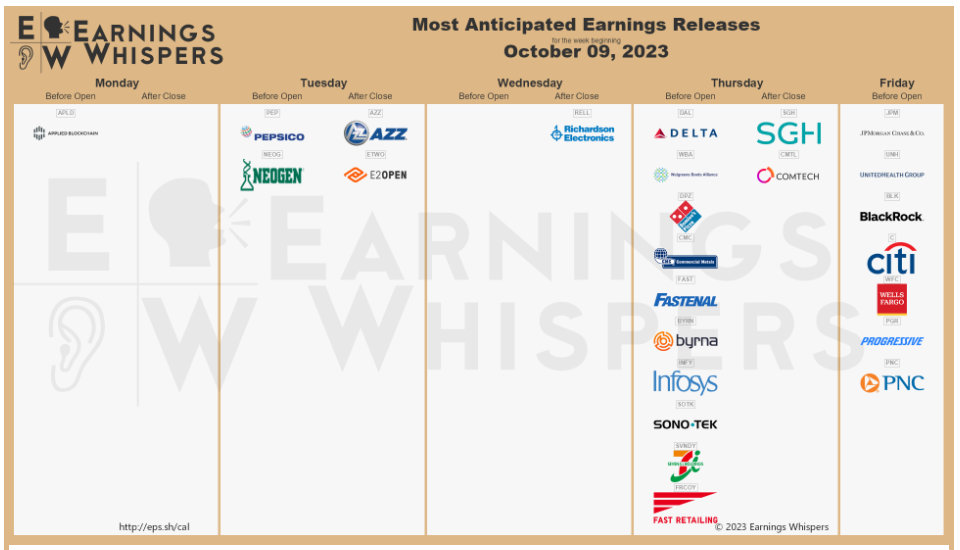
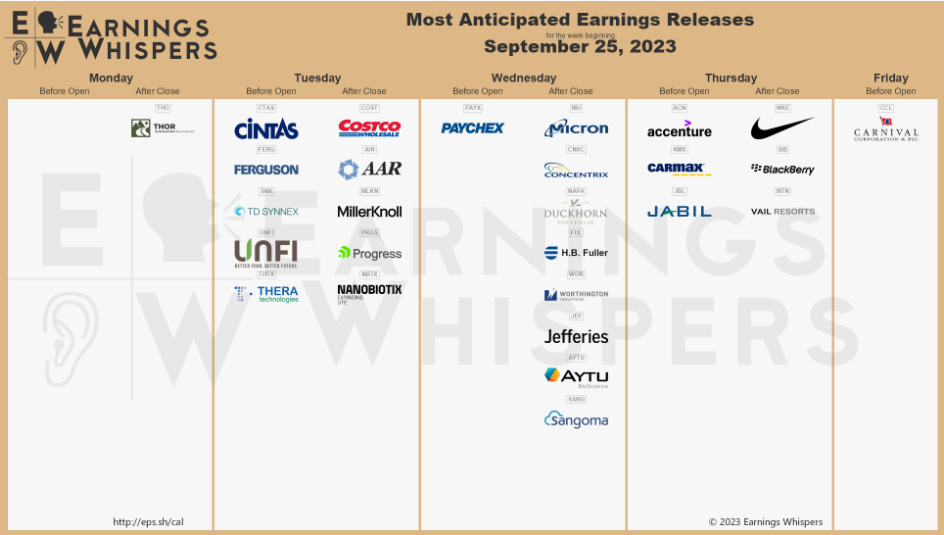
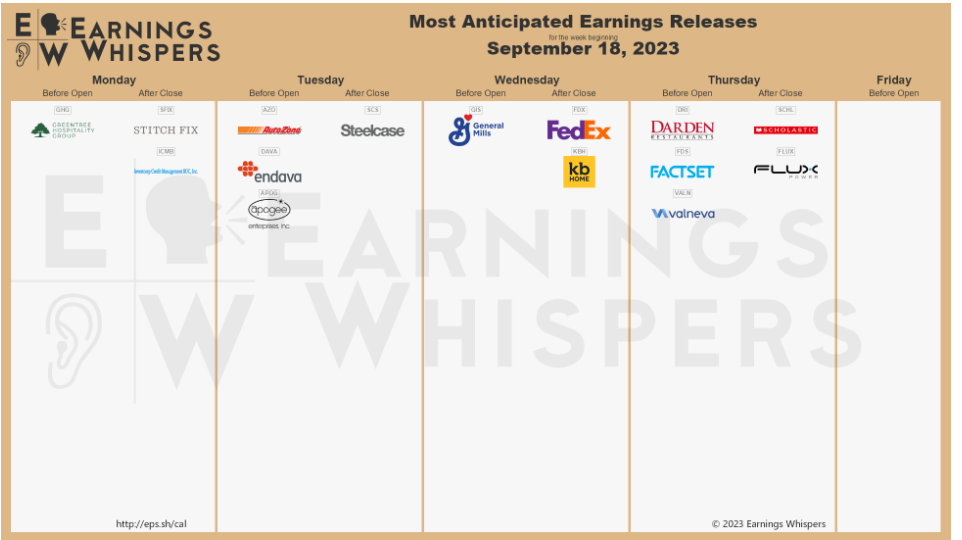
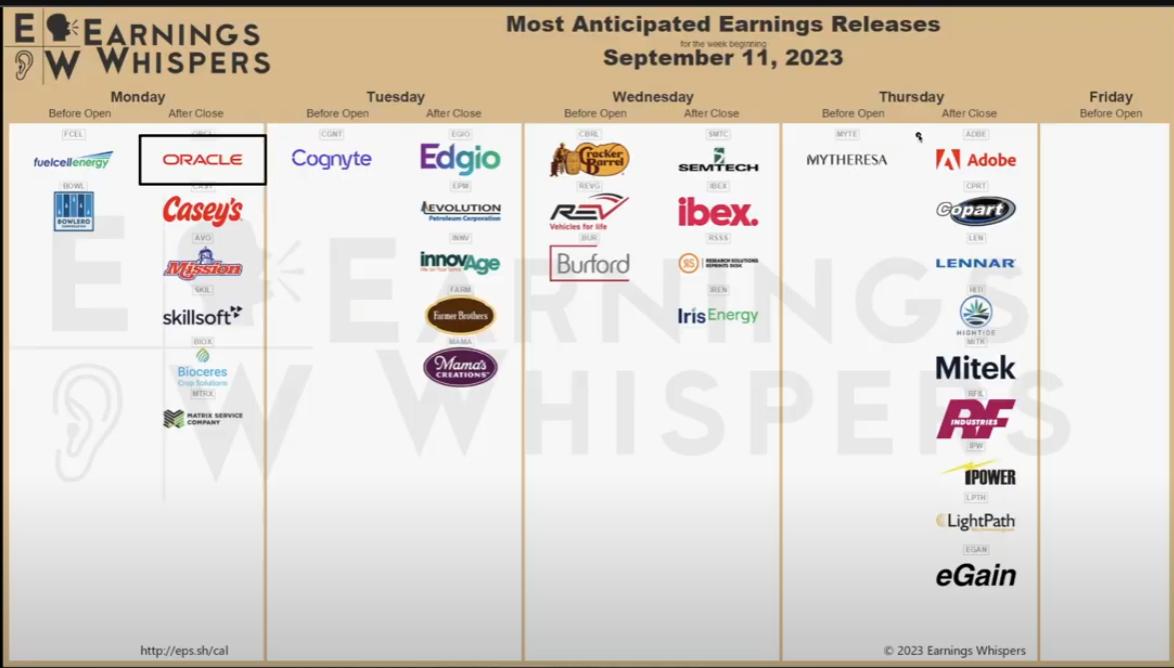
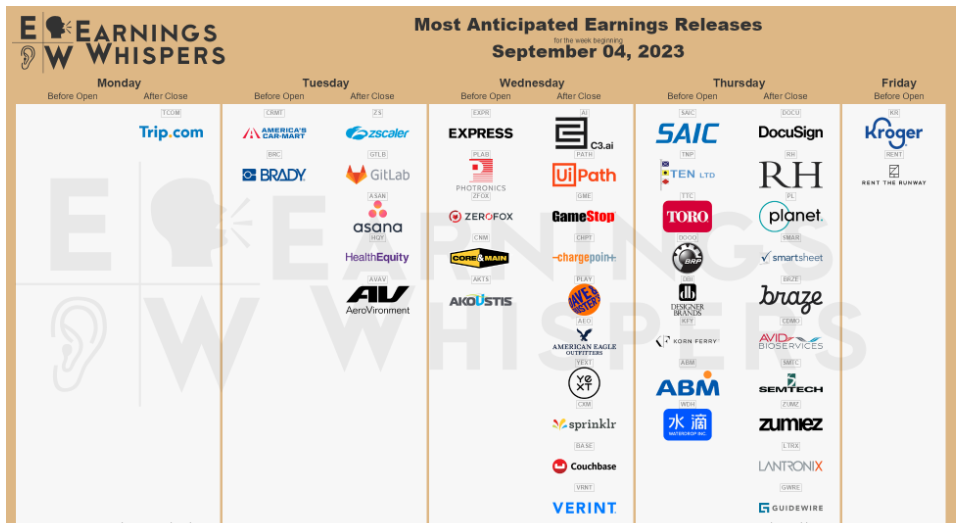
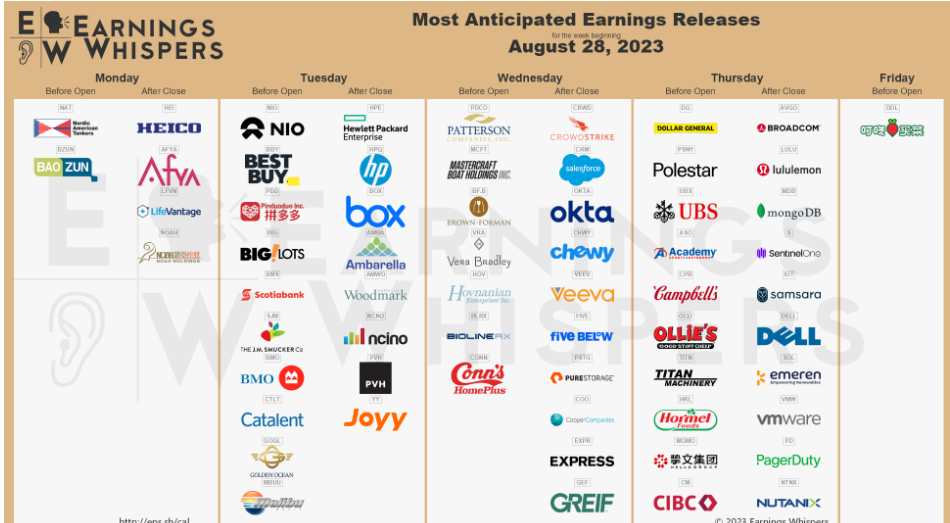
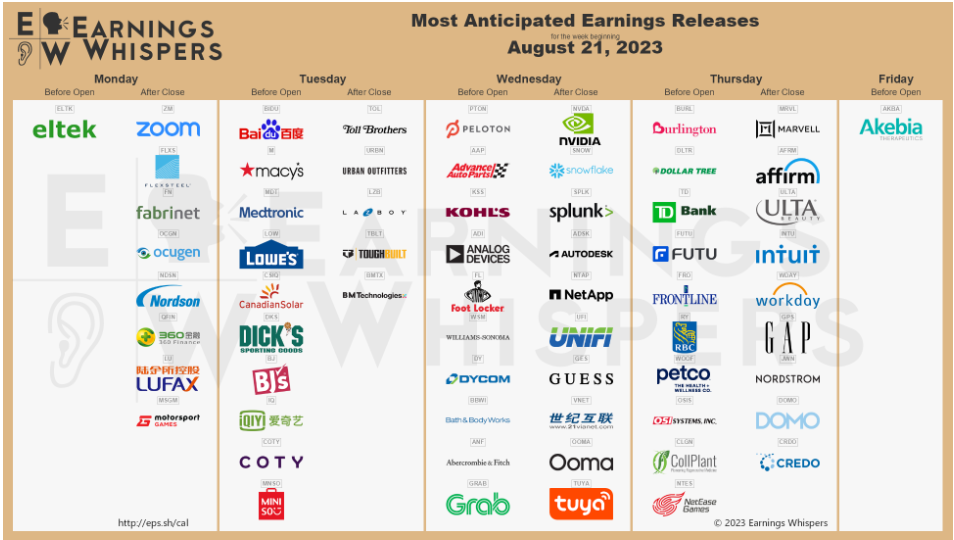 Posted in
Posted in 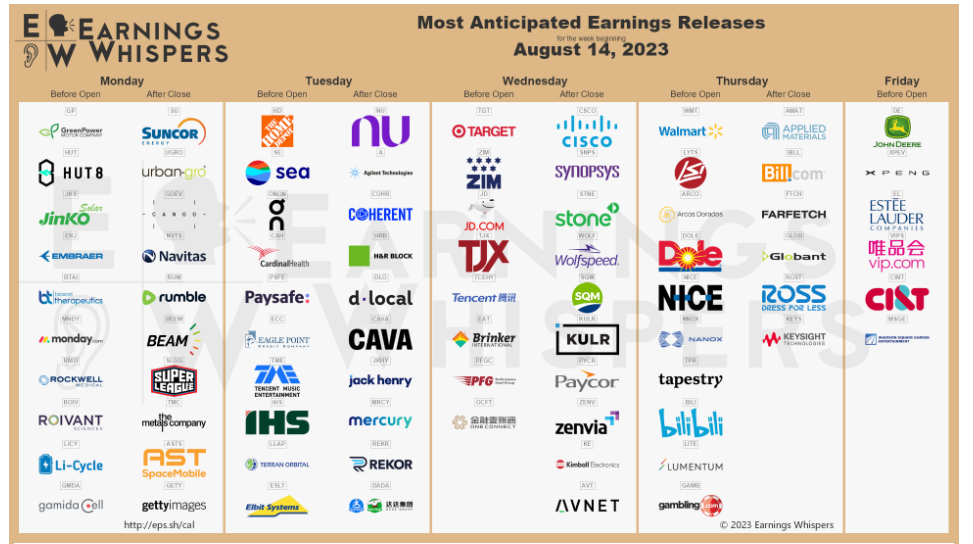 Posted in
Posted in 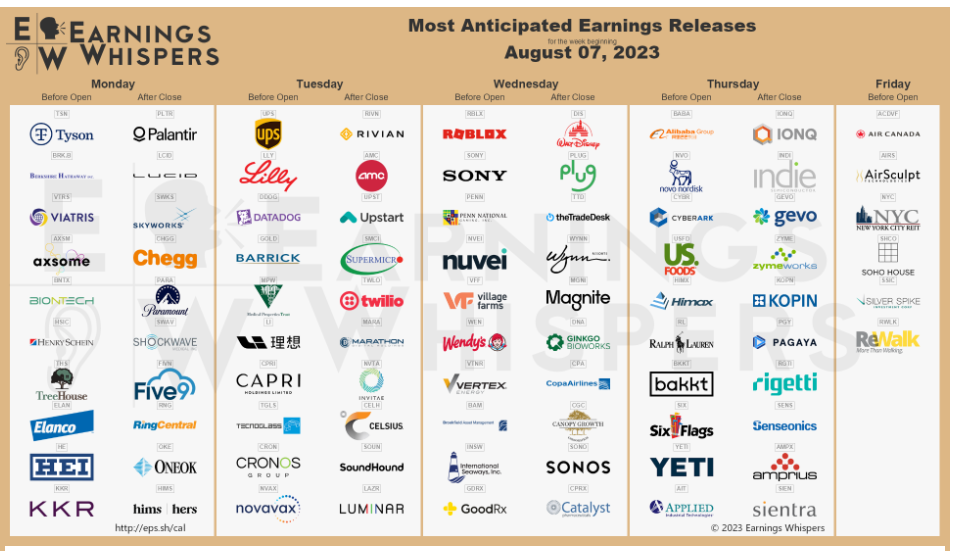 Posted in
Posted in